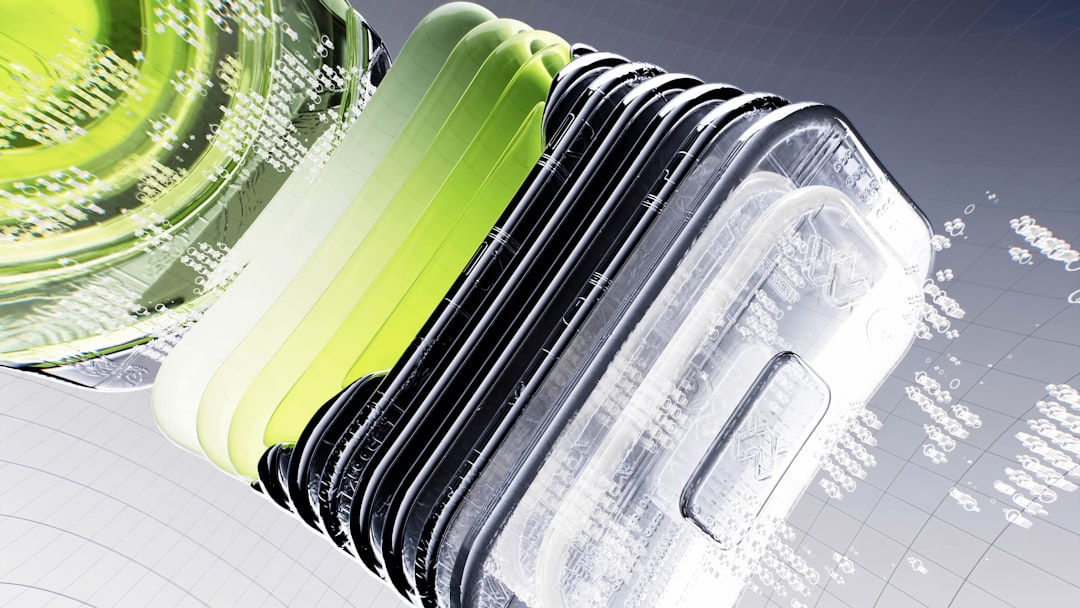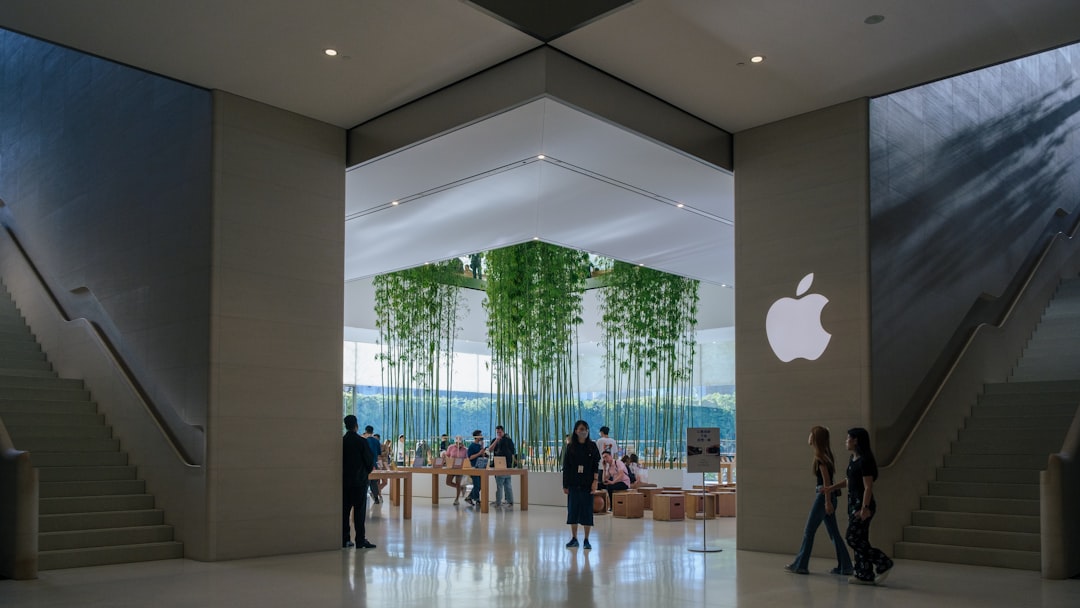Apple has long been at the forefront of consumer electronics innovation, and its recent leap forward in display technology proves no different. The introduction of Clover Glass marks a dramatic shift in how Apple approaches screen durability, clarity, and energy efficiency. While many consumers may not immediately recognize the impact of this technology, Clover Glass could redefine screen expectations in smartphones, tablets, and potentially even laptops and monitors.
Officially unveiled alongside the latest generation of iPhones and iPads, Clover Glass is Apple’s proprietary screen innovation combining multiple new materials and techniques. The result is a thin, lightweight, yet extraordinarily strong and vivid display surface. This goes far beyond traditional Gorilla Glass, offering significant benefits in performance and usability.
What Makes Clover Glass Unique?
At the heart of Clover Glass is a new composite layering system. Rather than depending solely on a single sheet of hardened glass, Apple engineers have developed a multi-layered structure that integrates:
- Crystalline nanolayering: Millions of microscopic crystal patterns created through a proprietary chemical process that grants exceptional strength without compromising transparency.
- Advanced anti-reflective coating: A nano-coating that minimizes glare while enhancing color vibrancy and contrast across different lighting conditions.
- Eco-resin bonding: An environmentally friendly polymer that improves flex resistance while reducing manufacturing waste and energy use.
This marriage of durability, efficiency, and clarity is what sets Clover Glass apart. Not only does it withstand drops and scratches more effectively than current market alternatives, but it also enables thinner profile devices without sacrificing screen integrity.

How It Changes the User Experience
Beyond its technological innovation, Clover Glass translates into practical improvements for everyday users. According to Apple, devices equipped with it are up to 25% more impact-resistant than those using the previous generation of glass. This isn’t just about fewer cracks — it’s about ongoing clarity, visibility, and consistency, especially when incorporated into OLED panels.
Another breakthrough lies in touch response. Thanks to its ultra-low friction surface and improved capacitive sensitivity, users will notice smoother scrolling, faster gesture recognition, and improved Apple Pencil input precision on supported devices.
Moreover, Apple has noted better sunlight legibility and longer battery life owing to Clover Glass’s refractive properties, which require less backlighting in bright environments. This points to an increasingly future-proof display tech that balances performance and sustainability.
Production and Materials Transparency
Apple has also leaned into its environmental commitments with this development. Clover Glass is produced using up to 40% recycled glass and manufactured through a low-carbon energy process. This aligns with Apple’s long-term goal of becoming carbon-neutral across its supply chain by 2030.

Suppliers involved in Clover Glass production have already rolled out facility upgrades, including improved waste management and renewable energy integration, further enhancing the innovation’s environmental credentials. It’s not just better tech; it’s better for the planet.
Looking Ahead
With Clover Glass now a centerpiece of Apple’s display lineup, it’s expected that the technology will continue to evolve and appear in more devices over time — not just premium models. Analysts anticipate that it might soon become standard across the entire line of Apple devices, including upcoming MacBook and iMac releases. In addition to Apple, industry experts suggest that this style of glass engineering will influence other tech giants to adopt similar layered glass technologies.
For now, Clover Glass represents a significant leap forward in screen performance, resilience, and sustainability — a trifecta that reinforces Apple’s role as a leader in innovation.
Frequently Asked Questions
-
What is Clover Glass?
Clover Glass is a next-generation display material developed by Apple that utilizes multi-layered composite glass for increased durability, clarity, and energy efficiency. -
Which Apple devices use Clover Glass?
Currently, the newest iPhone and iPad Pro models feature Clover Glass, with plans to expand to other devices in upcoming releases. -
Is Clover Glass more durable than Gorilla Glass?
Yes. According to Apple’s internal tests, Clover Glass offers approximately 25% more drop resistance and improved scratch performance compared to previous display materials including Gorilla Glass. -
Does Clover Glass affect battery life?
Yes, positively. Its enhanced optical clarity reduces the need for high backlighting, which can help extend battery life in daily use. -
Is Clover Glass environmentally friendly?
Yes. It features up to 40% recycled content and is manufactured using renewable energy systems, aligning with Apple’s sustainability goals.